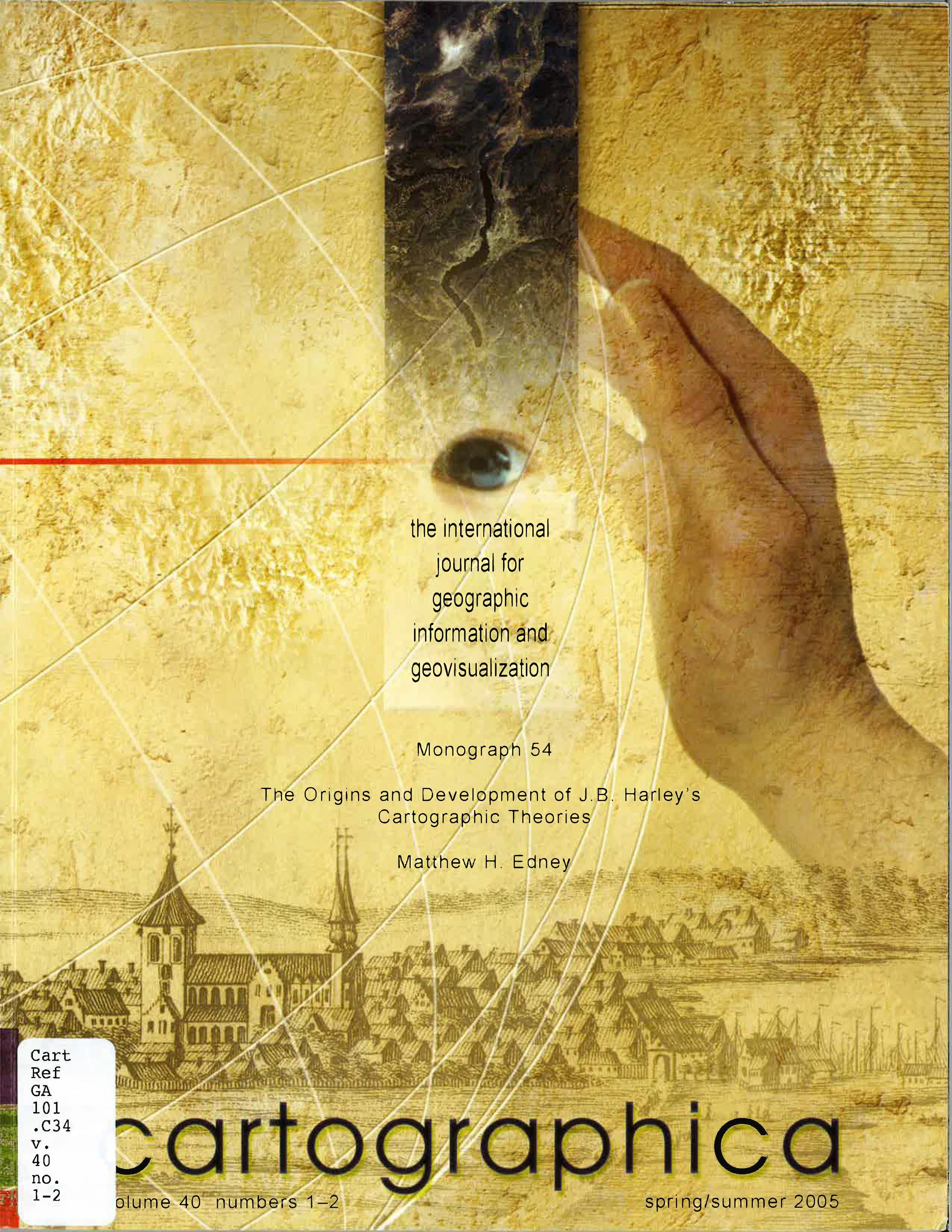Media appearance on NPR, no less
/A 6m30s story on National Public Radio’s Weekend Edition Sunday, 7 December 2025, in the Osher Map Library, its wonderful staff, and its great work and vision!
Read MoreA blog on the study of mapping processes: production, circulation, and consumption
A 6m30s story on National Public Radio’s Weekend Edition Sunday, 7 December 2025, in the Osher Map Library, its wonderful staff, and its great work and vision!
Read MoreTime for the annual list of the books I know (I think I know) were published in 2025 about map history! (Blog roll image is courtesy of Tom Gould!)
Read MoreMarking the Turn to the Anthropogenic Map Concept
Read MoreEspecially a video essay using a bit of my work to good effect!
Read MoreAn ornate 1860 map of the United States and Mexico repurposes an older 1849 map to new political ends1
Read MoreRevealing comparison of two promotional maps made in 1931 and 1957 by the same company!
Read MoreFairly wide ranging chat on Wisconsin Public Radio about how mapping has changed with digital technologies and on the History of Cartography series!
Read MoreComparative Map History and “the History of Cartography” is now officially published by Brill
Read MoreThe Great Humbead’s “Revised Map of the World” (1968)
Read MoreMapping as Process is a space for me to explore a new approach to understanding mapping and its history. The exploration will eventually contribute to a book of the same name.
Comparative Map History and “the History of Cartography”: Methodologies, Institutions, and Idealizations in Brill Research Perspectives on Map History. Available from Brill in print and as an ebook ($87).
Cartography in the European Enlightenment, Volume Four of The History of Cartography, edited by myself and Mary Pedley. Available from the University of Chicago Press, in print and ebook ($500).
Available from the University of Chicago Press in paperback ($30), e-book ($10–30), or cloth ($90).

Available from my bibliography
Some paperback ($38) copies are still available, as well as the ebook, from the University of Chicago Press.
No information is captured, collected, or stored about visitors to Mappingasprocess.net. Squarespace, as the site host, might collect basic data.
For notifications of new content:
a) add Mapping as Process to your favorite RSS application (I use reeder);
b) follow me on Mastodon: @mhedney@mapstodon.space; or
c) subscribe to h-maps for occasional updates.
All images are used in accordance with academic “fair use” copyright provisions.
All text (c) Matthew H. Edney and is licensed under a
Creative Commons Attribution-NonCommercial-NoDerivatives 4.0 International License.
Powered by Squarespace.